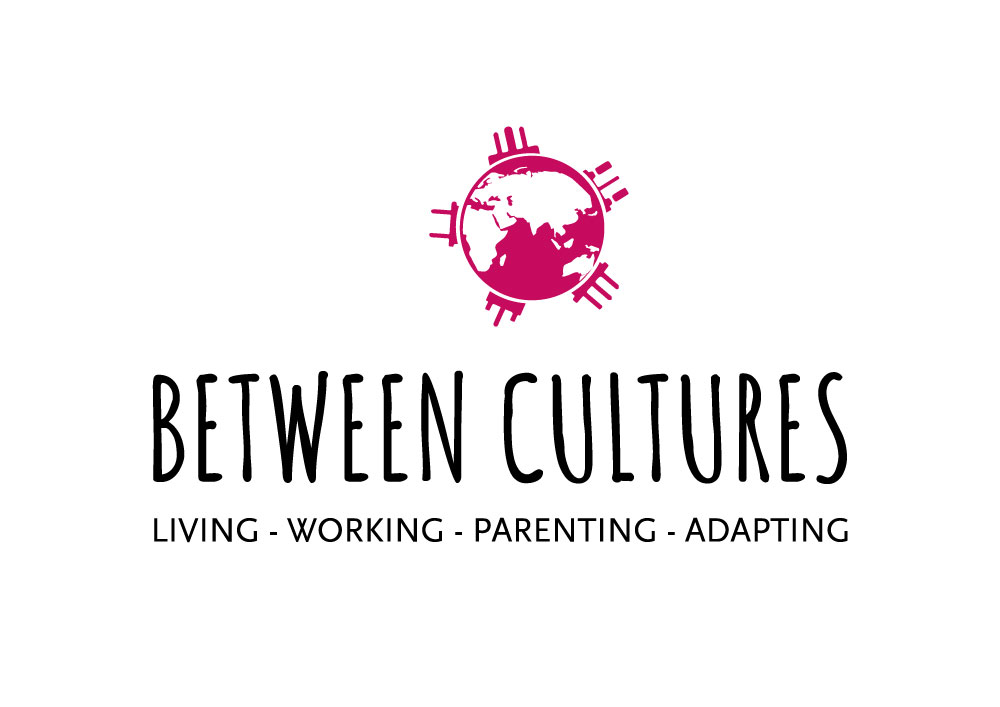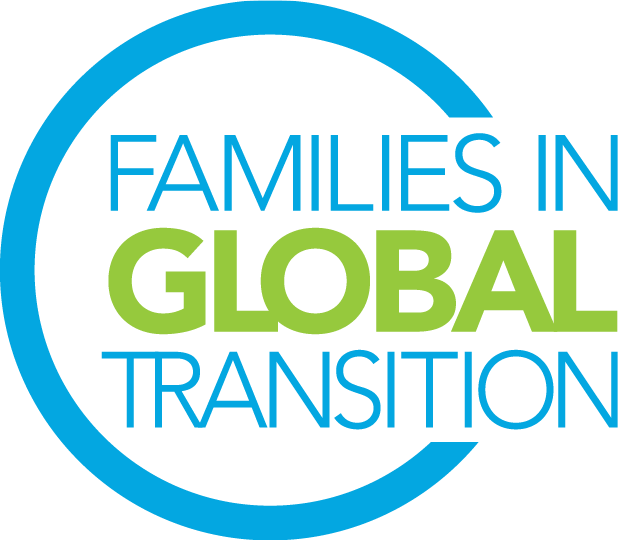opposite seasons in the southern hemispehre
1st of December marks the beginning of summer here in Australia, and it’s also Water safety Day.
Australia is in the Southern Hemisphere, which means that seasons are the opposite of the Northern hemisphere.
A number of activities are organised from Cancer council and Life Saving organisation across Australia.
Australia experiences one of the highest UV levels in the world.
The elliptical orbit of the Earth places the Southern Hemisphere closer to the sun during its summer months than the Northern Hemisphere during its summer.
I noticed Australia’s unusually harsh sunshine the first day we landed here 5 years ago. Getting out of the airport, coming from the Northern hemisphere’s winter, a heat wave of 42 degrees welcomed us. Shocked, we pushed our heavy suitcases under the sun, searching our rental car in a “metallic” desert (the outdoor carpark) with the blurred vision over the horizon.
Since then I learned how important is to stay protected from sun naughty rays.
I would have never thought I would use long sleeves and gloves while I drive in the summer months to avoid UV radiation. It reminded me when in Thailand and Vietnam I would see lovely girls and ladies cover their arms when being outside or driving their motorcycle, despite the hot weather. South East Asian ladies prefer not to get tan and very wisely seek sun protection.
UV radiations and ozone hole
Also the “ozone hole” is freaking REAL!
It was first detected in the early 1980s. Scientists determined this is a direct result of humans releasing chlorofluorocarbons (CFCs) into the atmosphere.
The HOLE is currently measuring about 7.6 million square miles, and wildfire smoke from Australia’s Black Summer (year 2019-2020 right before the pandemic, YEP, Australia is always ahead, not just with time-zone!!!) has destroyed 1% of the ozone layer, a recent assessment found.
Check earth.org
Australia has one of the highest rates of skin cancer in the world.
Over exposure to UV radiation causes 95% of melanomas.
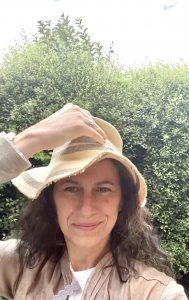
the slip, slop, slap, seek, slide campaign
To prevent this risk Cancer council created a fun advertising in 1981, it’s called the 5s. Sid the seagull, dancing and wearing board shorts, t-shirt and a hat, has become a popular campaign.
- Slip on sun protective clothing
- Slop on sunscreen
- Slap on a hat
- Seek shade
- Slide on sunglasses
There’s also a very useful app that helps you to determine the UV levels at different times of the day, even when it’s cloudy ☁️! Here in Australia we use SunSmart.
Check here the Instagram reel I’ve created
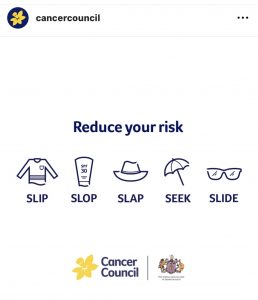
different approaches to sun protection
This made me reflect on how different is the behaviour towards the sun compared to Europe. In Italy especially, people love to lie in the sun like lizards after a long winter. Beaches are covered by towels, humans and umbrellas. Most of the people aspire to have a very tanned skin before returning to office at the end of the holidays.
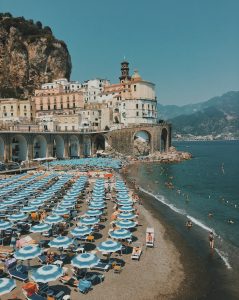
Aesthetically it is still very pursued a good looking tan. “Bonne mine” they call it in France, that ‘healthy-looking’ type of skin characterised by a natural sun-kissed glow.
Well, every country has a different characteristic and different challenges.
Key is always to ADAPT: put in place a strategy to enjoy the most of a place by adapting our needs to the host country unique characteristics.
Stay tuned for more info on how I use my Universal Adaptor metaphor.
